Re: NOTÍCIAS do EXÉRCITO PORTUGUÊS
Enviado: Dom Dez 06, 2020 10:35 am
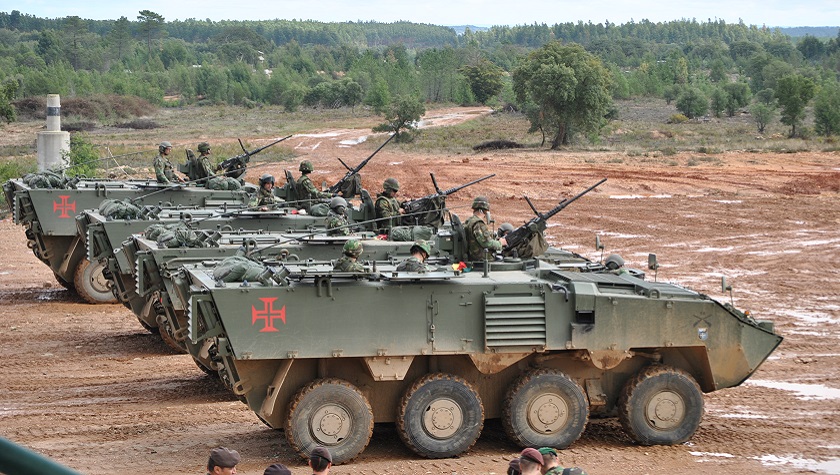
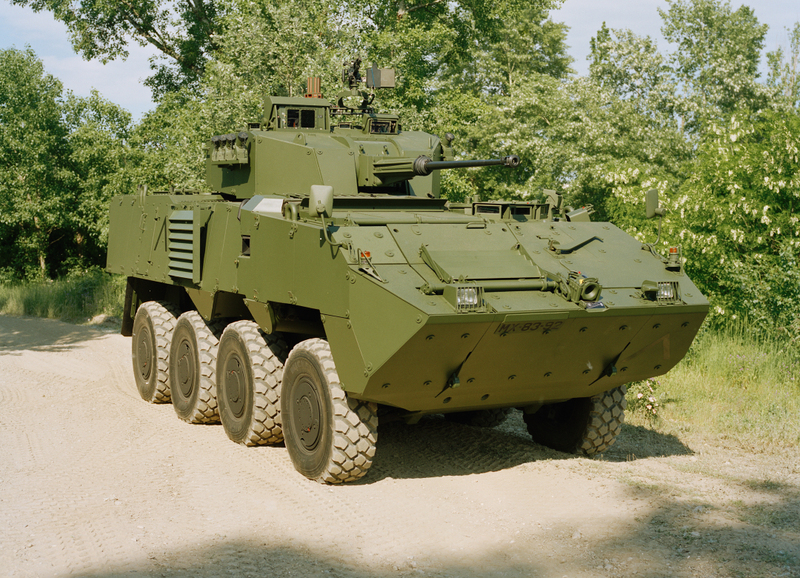
Fonte: https://assets.exercito.pt/SiteAssets/B ... BLICAO.pdfAo analisar a evolução das VBR de países da aliança, produzidas ou modernizadas depois da PANDUR II, verifica-se que a tendência de desenvolvimento é a manutenção da mobilidade assente em rodados 8x8, assistindo-se ao aumento da proteção para o nível K4.
Relativamente ao poder de fogo, tem-se verificado não só o aumento de calibre, através da substituição das metralhadoras pesadas por canhões, mas também a implementação de sistemas de controlo remoto com mísseis acoplados.
Assim, o futuro da VBR PANDUR será o da sua modernização para ser equipada com um canhão 30 mm RWS com mísseis anticarro integrados na torre, tornando mais complexo o que já é atualmente um sistema de armas tecnologicamente evoluído, carecendo de maior grau de especialização para tirar o maior partido desta plataforma.

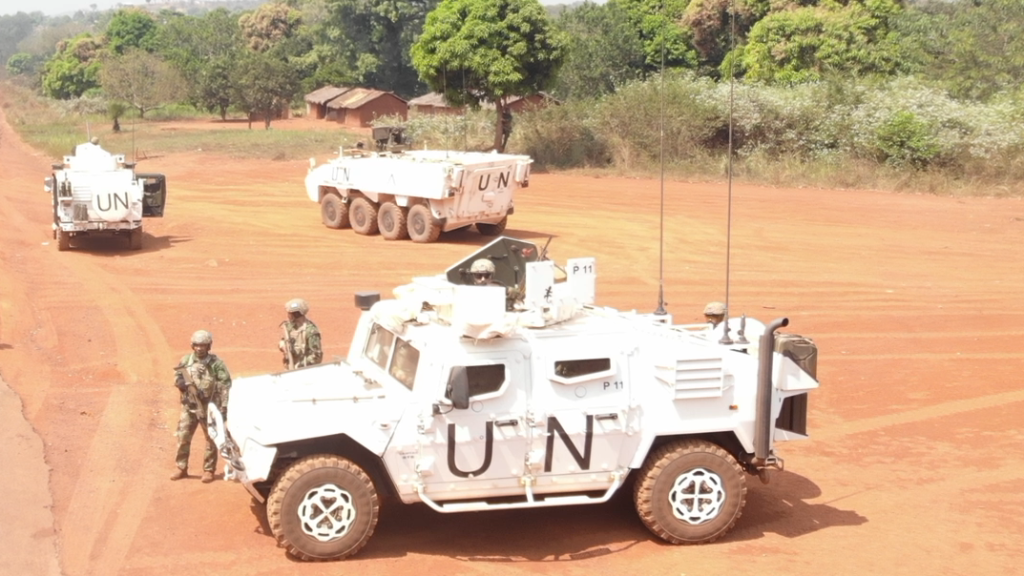
https://peacekeeper.design.blog/2020/12 ... lo-na-onu/High-Impact Portuguese Contribution to MINUSCA … “Most European states contributing to peacekeeping in Africa have deployed high-end, low-risk capabilities for short periods of time. This is evident in Mali, where European states have favored capabilities such as peacekeeping intelligence, special forces, and air assets. An exception is the Portuguese quick-reaction force in the Central African Republic—seen by many as “the best case” of a European contribution—which has been more willing to use force and does not have an end date for its deployment. The UK has also adopted a different approach in South Sudan, deploying more modest capabilities that it then handed over to non-European countries.” …
The Portuguese quick-reaction force (QRF) deployed to MINUSCA in 2017 was presented by many interviewees as “the best case” of a European contribution to peacekeeping. It initially consisted of a company of 160 troops—paratroopers and
commandos—reinforced by 20 additional personnel after one year (an ambulance with two doctors and three nurses as well as some intelligence and civil-military cooperation officers). As a QRF, the unit can only be deployed for up to thirty days at a time in any given location in CAR — because of heavy wear and tear on vehicles, weapons, and other equipment — followed by thirty days of rest and recuperation. This was an issue for the mission at the beginning but has since become understood and accepted. Given that MINUSCA does not have the ability to move vehicles by air, all movements are done by road using “light” Humvee-like vehicles (five tons compared to the ten–twelve-ton armored personnel carriers that have limited mobility, especially in the rainy season). It typically requires two to four days’ drive to reach the area of operation.
Like other European TCCs, Portugal, after years of peacekeeping experience in Angola, Mozambique, Timor-Leste, Guinea-Bissau, and Lebanon, had been busy with NATO operations in Afghanistan and Iraq. Unlike most European TCCs and Canada, however, Portugal does not seem reluctant to use force. Its QRF has become engaged in firefights most of the times it has been deployed inside CAR. Also, Portugal has not provided an end date for its deployment to MINUSCA and sees its simultaneous engagement with the EU training mission in CAR (with fifty staff officers, including the brigadier general) as an incentive to remain (public praise of the Portuguese QRF by the UN has also helped). Finally, the Portuguese QRF—the only European unit in the mission with the exception of a Serbian level I hospital—has also shown that it can work with non-European TCCs
to prepare for operations, including Senegalese attack helicopters (for air-ground operations), Bangladeshi special forces, and Nepalese and Rwandan troops. This makes the QRF more effective and its posture more robust.







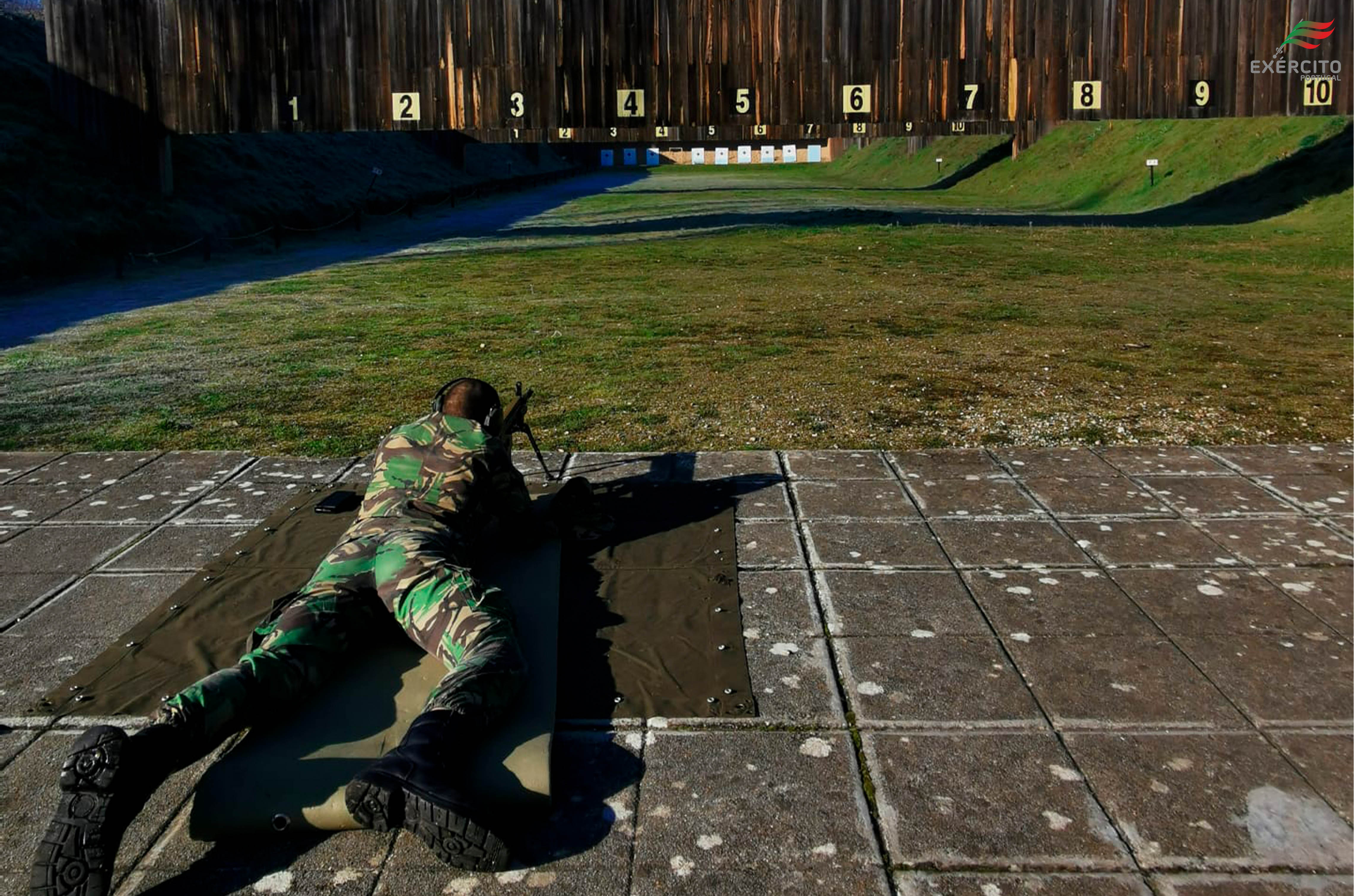

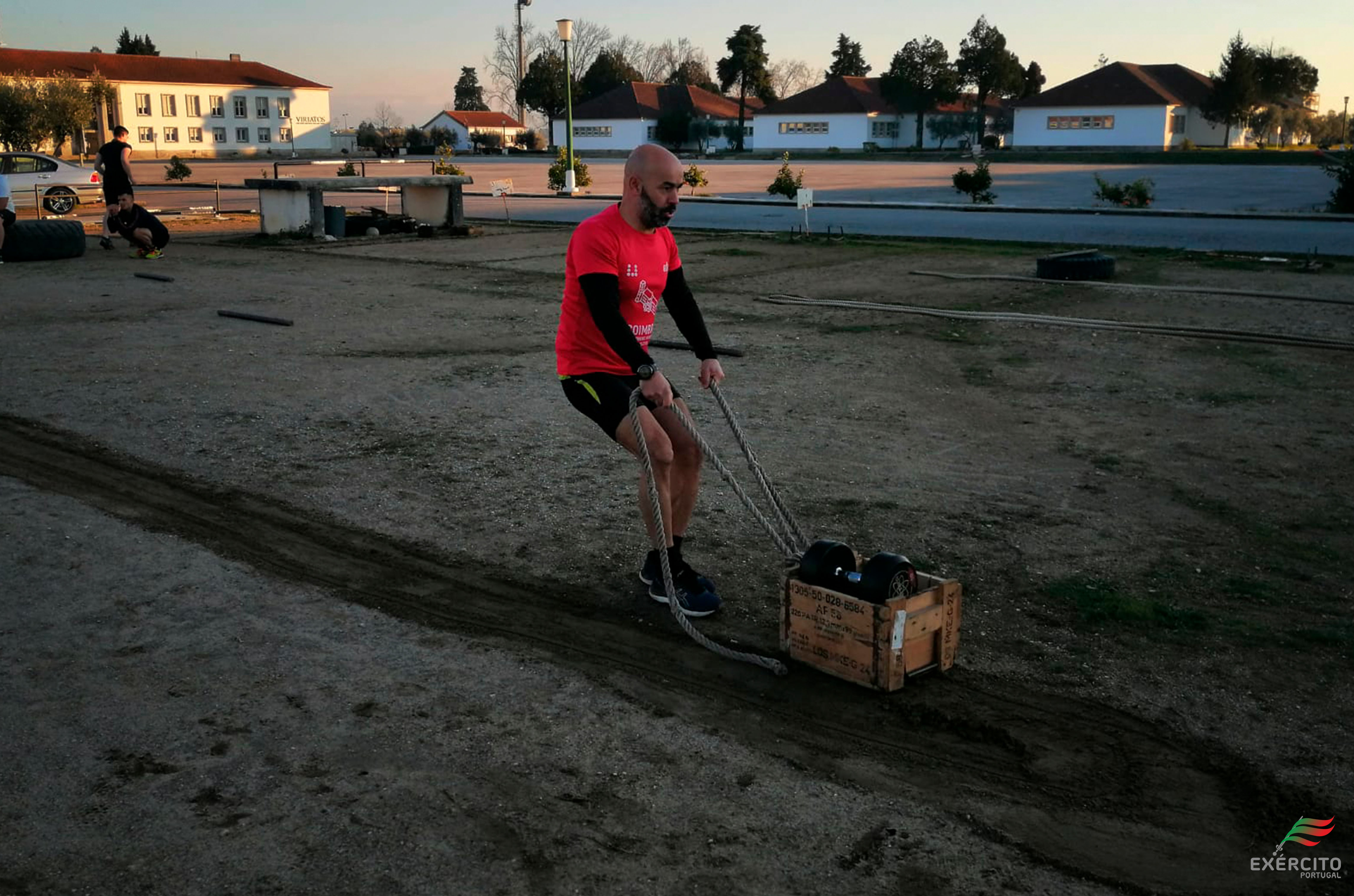

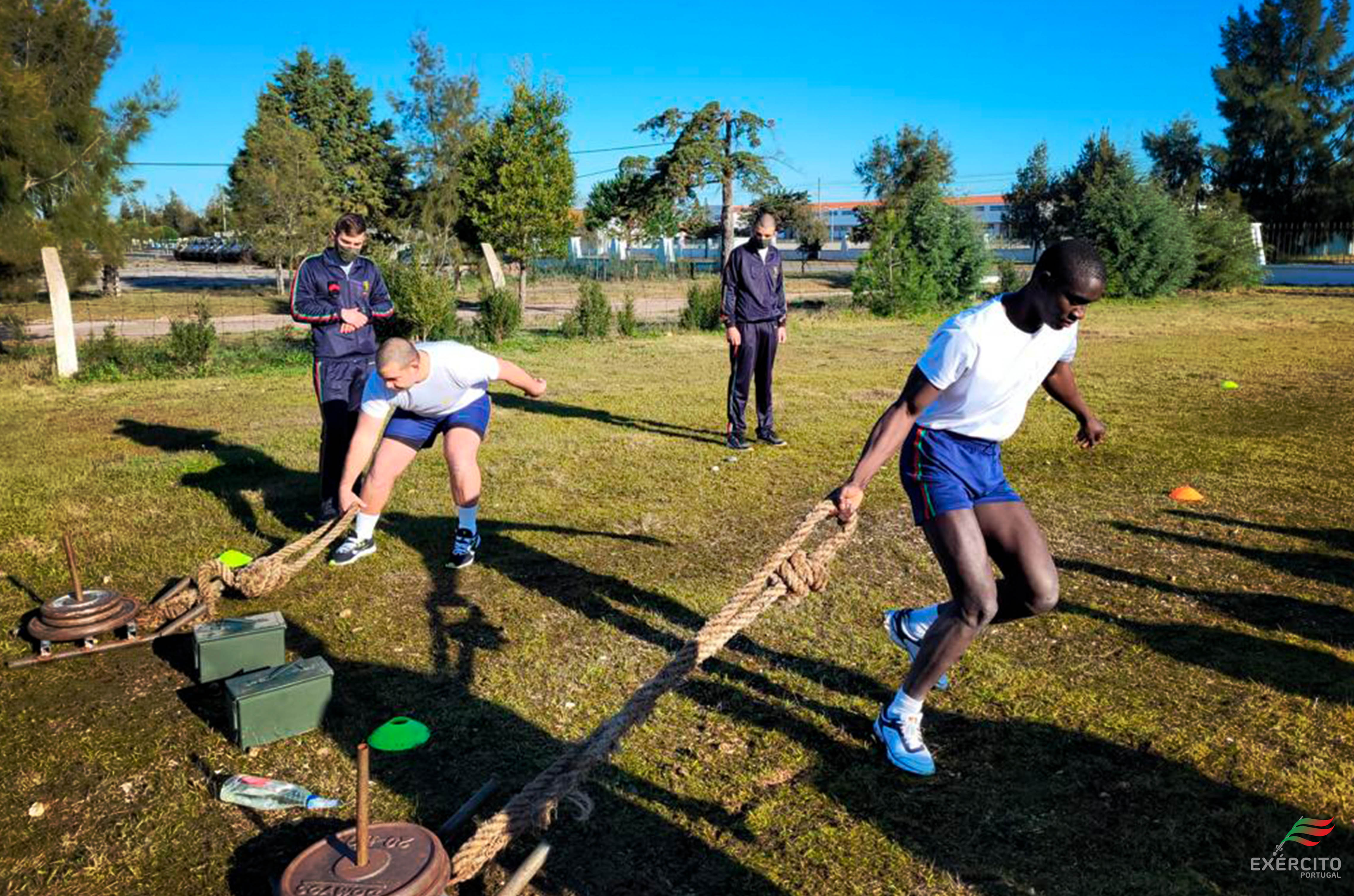
Exército Português escreveu:Nova valência do Centro de Formação e Treino de Combate em Áreas Edificadas da Escola das Armas
A Escola das Armas, através do Centro de Formação e Treino de Combate em Áreas Edificadas, desde 01 de fevereiro de 2021 passou a contar com mais cinco edifícios, materializando uma área de construção densa aleatória, disponível para a formação e treino de Forças em combate em ambiente urbano.
Esta nova construção visa dar apoio à formação de especialistas em combate em áreas urbanas, com destino aos elementos da componente operacional do sistema de forças, a elementos de outros Ramos ou a atividades de cooperação militar, bem como proporcionar o treino e certificação de forças, até escalão companhia, com destino a missões no quadro das Forças Nacionais Destacadas, das NATO "Response Force" e/ou "European Union Battlegroup".
Ao serviço dos Portugueses!





Em 24Fev21, foi fornecido o novo fardamento n.º 3B (camuflado) ao Regimento de Infantaria n.º 10, ao Regimento de Infantaria n.º 15, ao Regimento de Lanceiros n.º 2 e ao Quartel General do Comando das Forças Terrestres.
